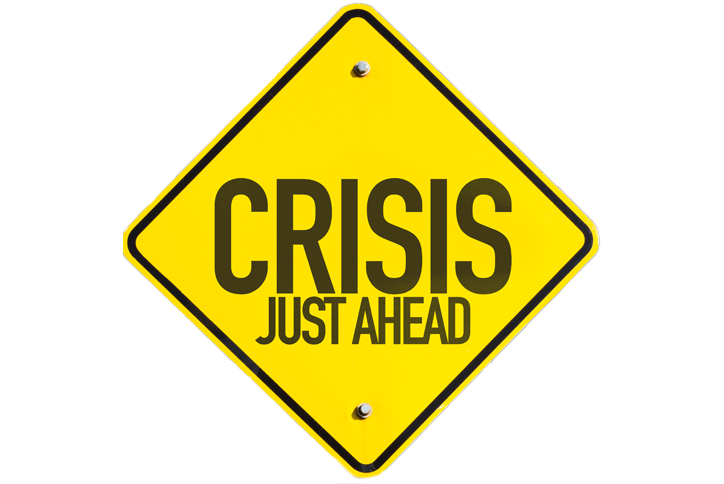
Yes, it’s that time again: Farm Bill time. Or, more appropriately the “Agricultu...
Read More

It was just over a year ago that we were talking about social media in our blog “5 way...
Read More

It doesn’t take much to squander good will, does it? It wasn’t long ago, remember(?) whe...
Read More